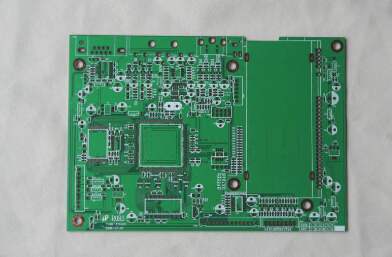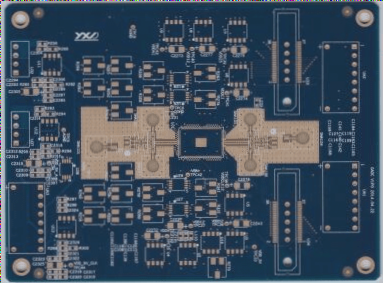**Why does the IMC form effective welding in PCBA processing, yet parts still fall off?**
Shenzhen Honglijie has published several articles on this website discussing the causes and analysis of “electronic parts falling off.” These articles consistently highlight that most electronic components fail upon impact. The role of IMC (Intermetallic Compound) is crucial, as it represents the most vulnerable point in the overall structure, including both the component and the circuit board, leading to fractures occurring at the IMC interface.
However, nearly all articles emphasize that IMC must form between the solder paste and the component leads, as well as between the solder paste and the circuit board’s metal, to be deemed effective soldering. This formation ensures the solder’s strength.
I believe many readers may begin to question this concept. If the generation of IMC indicates strong PCBA soldering, then why do fractures predominantly occur at the IMC layer after soldering? Doesn’t this seem contradictory?

**Q1.** When solder forms an Intermetallic Compound (IMC), it effectively confirms the quality of the soldering. The reason for the high strength of PCBA solder joints is the robust nature of the IMC. So, why do solder joints typically fail at the IMC interface during push-pull tests, instead of fracturing in the middle of the soldered joint or at the “part solder”?
**A1.** Firstly, the formation of IMC during the soldering process of electronic components is indeed a key requirement for confirming strong soldering and PCBA integrity. However, many may mistakenly believe that “effective soldering” solely indicates the feasibility of a bond, without guaranteeing that the destructive force it can withstand is stronger than the original two-end structure.
To illustrate, consider building a wall with cement and bricks. Here, the bricks symbolize the metal pads on the circuit board and the component leads, while the cement represents the IMC, which connects these elements. When the connection between the bricks (joined by cement) is subjected to external force, the first point of failure is typically at the cement surface rather than the bricks. This raises the question: why, despite the cement coating, does it crack at that junction?
Thus, the better the IMC forms during PCB soldering, the higher the strength of the PCBA connection—indicative of effective soldering—allowing the IMC to withstand greater push and pull forces.
However, why do failures occur at the IMC under external stress? This is a separate issue. When a solder joint fails, it invariably breaks at the weakest point, akin to how a levee gives way at its most vulnerable section.
The location of the failure in the PCB solder joints is determined by the maximum force that each area of the solder joint can endure under external stress. Because IMC is a metallic co-compound—formed by the combination of two or more metals—the shear strength it can withstand is typically less than that of pure metal. Therefore, solder joints almost always fail at the IMC layer. This can be likened to a scenario where a boy and a girl are pulling a child; the child represents the most vulnerable link in the situation.




